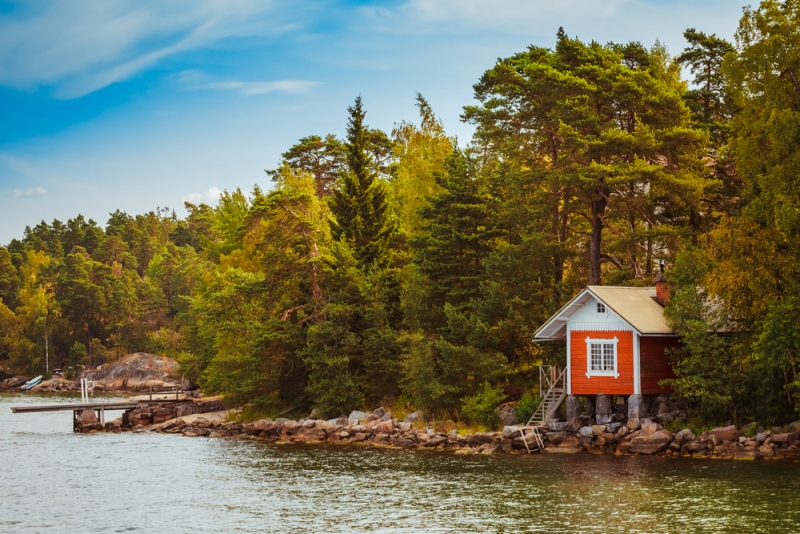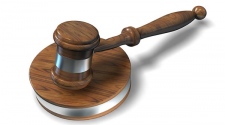Log cabins are, simply put, a real beauty.
But one of the concerns that many people have about them falls into the maintenance department. After all, surely a home built out of logs can’t hold its grace and beauty forever.
“Log buildings, because of their distinct material, physical structure, and sometimes their architectural design, can develop their own unique deterioration problems,” according to the National Park Service.
Of course, through proper care, log cabins can be preserved, restored, and maintained.
While log cabins are more durable than many people might think, just like all homes, maintenance is essential.
Proper inspection
The first step is figuring out what is wrong with your log cabin and what needs to be fixed after a thorough inspection, for some areas might need more attention than others.
Doing a full walk-around of the cabin is a must, as well as inspecting the roof because these areas are, of course, exposed to weather and temperature. Some things you will want to look for are mold, cracking or breaks in the wood, and infestation.
With the roof, you’ll want to make sure gutters and downspouts are working properly, as well as check for any cracks, breaks, or leaks in the roofing area.
Doing a thorough inspection and finding problematic areas can give you an idea of what maintenance and repairs actually need to be done on your log cabin.
Clean, restore, and preserve
Once you figure out what needs to be fixed, you can take the necessary steps to clean, restore, and preserve your log cabin.
Regular cleaning can wash and keep away mold and unwanted pests, and of course, keep your log cabin looking shiny and new. It’s best to use proper log cabin cleaners because they are made for these purposes and some cleaners could cause damage to the wood.
A wood preservative can help fight off rot, whether you found rotting or not. These are the types of maintenance measures you need to take if you want to maintain your log cabin. If you don’t clean, restore, and preserve your cabin, then rotting, molding, pests, and other unwanted dangers can cause damage.
Stain and finish
Your log cabin is clean. You’ve taken the necessary steps to restore and preserve it. The next step is staining it to bring back that natural beauty it had when you first purchased it.
Whether you’re doing log home staining in Florida or Colorado, this step should not be skipped. You might think staining is only for looks, but it’s so much more than that.
An exterior finish can protect your log cabin from UV and water damage and mold.
To decide which stain to use, it’s best to talk to a professional because every log cabin is different and your cabin might need more coats of stain depending on how much sunlight is hitting it and what type of climate you live in. A professional will give you helpful advice and steer you in the right direction on what product to use, how many coats you need, and things of that nature.
Chink and seal
Once your log cabin has had a proper amount of time to dry, chinking and sealing comes next. You will want to replace any cracking or worn down chinking with sealant in joints between logs and windows.
If you properly maintain your home routinely, then this step won’t need to occur as often as the above steps.
It’s important to always make sure your log cabin is properly maintained so bigger problems don’t arise. Wear and tear and other elements should be attended to at first problem signs.















